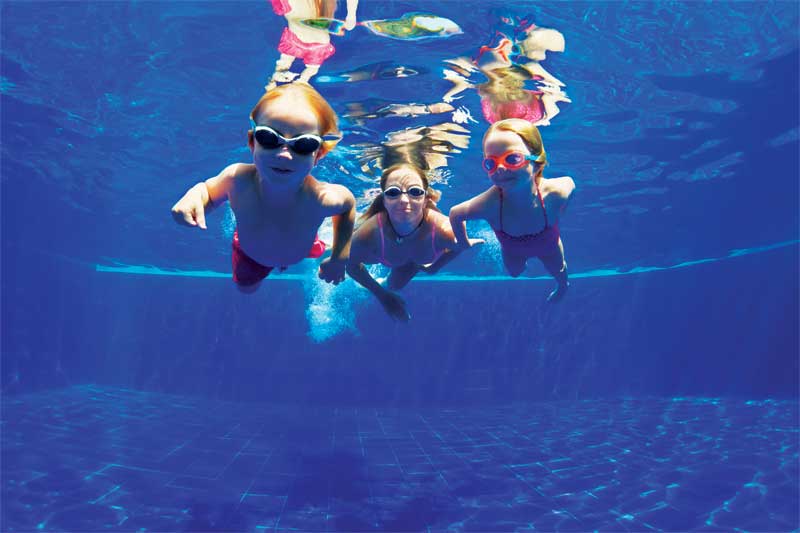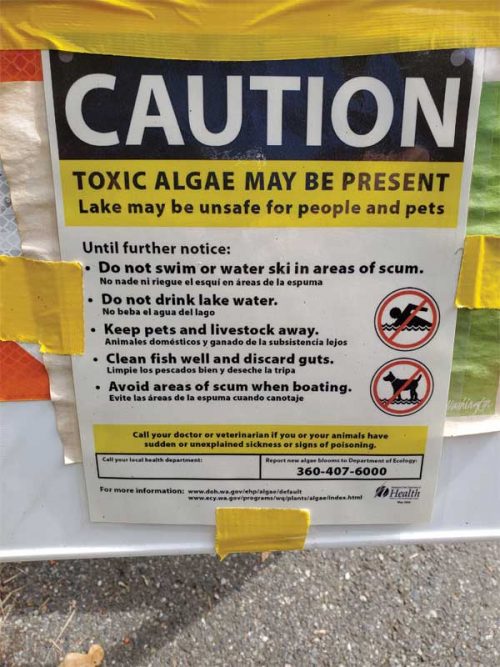By Terry Arko

Shark attacks in the ocean, an alligator attack at a manmade lake at the Walt Disney World Resort in Bay Lake, Fla., brain-eating amoeba, flesh-eating bacteria, and some of the worst Cryptosporidium outbreaks at public pools… bathers were in tough waters, whether they were enjoying the open water or a pool at an aquatic facility. In fact, due to the worldwide stage, one of the most high-profile incidents of poor water quality occurred during the 2016 Summer Games in Rio de Janeiro, Brazil, when two competition pools used for diving, water polo, and synchronized swimming, mysteriously turned green. In retrospect, the last few summers have been some of the strangest and most dangerous when it came to recreational aquatics.
Shark bait

This author’s older brother has surfed in the same location at Huntington Beach in southern California for more than 30 years. One day, during the summer of 2018, he ventured into the dark emerald waters and spent the morning surfing. When he came in to shore to take a break, a lifeguard approached him and said, “Don’t go back out there.” The lifeguard told him they had spotted three great white sharks near the pier where he had just spent the morning surfing. The lifeguard also went on to say a woman had recently been attacked in the breaking waves at a near-by beach.
According to the Atlanta Journal-Constitution there were 107 shark attacks worldwide in 2017.1
The website Tracking Sharks (https://www.trackingsharks.com/2019-shark-attack-map) reports as of August 2019 there were 63 shark attacks worldwide with five fatalities. In fact, 50 per cent of the world’s shark attacks occur in Florida. While shark attacks are rare in Canadian waters, there have been reports of an increase in great white sharks off the coast of British Columbia. Also, a study conducted by the National Oceanic and Atmospheric Administration (NOAA) in June 2014 stated the number of great white sharks off the coast of Eastern Canada has been on the rise since 2000.
Drought, warmer temperatures, and higher numbers of swimmers were considered to be some of the reasons for the increase of sharks in shallow water coastal areas.
Flesh-eating bacteria
In the summer of 2016, as tourists began flocking to the beaches, there were widespread reports of flesh-eating bacteria in the coastal waters from Texas to the panhandle of Florida. The culprit was Vibrio vulnificus, a nasty bacterium that invades the flesh, causing infections that can lead to amputation of limbs and even death.
Cases of this rare disease have been on the increase over the last few years, particularly in the brackish waters of bays and creeks near the ocean. According to several news reports, including one from the online publication The Guardian, there are many who believe the increase of the flesh-eating bacteria along the Gulf Coast is due to the chemicals used to clean up the BP oil spill (i.e. Deepwater Horizon) that occurred in 2010. As of August 2019, there were 13 cases of Vibrio vulnificus in the state of Florida (50 cases were reported in 2017). The bacteria are very active in warm saltwater coastlines.
It is important to understand, most cases of flesh-eating bacteria are related to open, warmer waters during the summer months. Pools that are properly maintained with correct water balance and sanitizer levels do not pose a threat.






